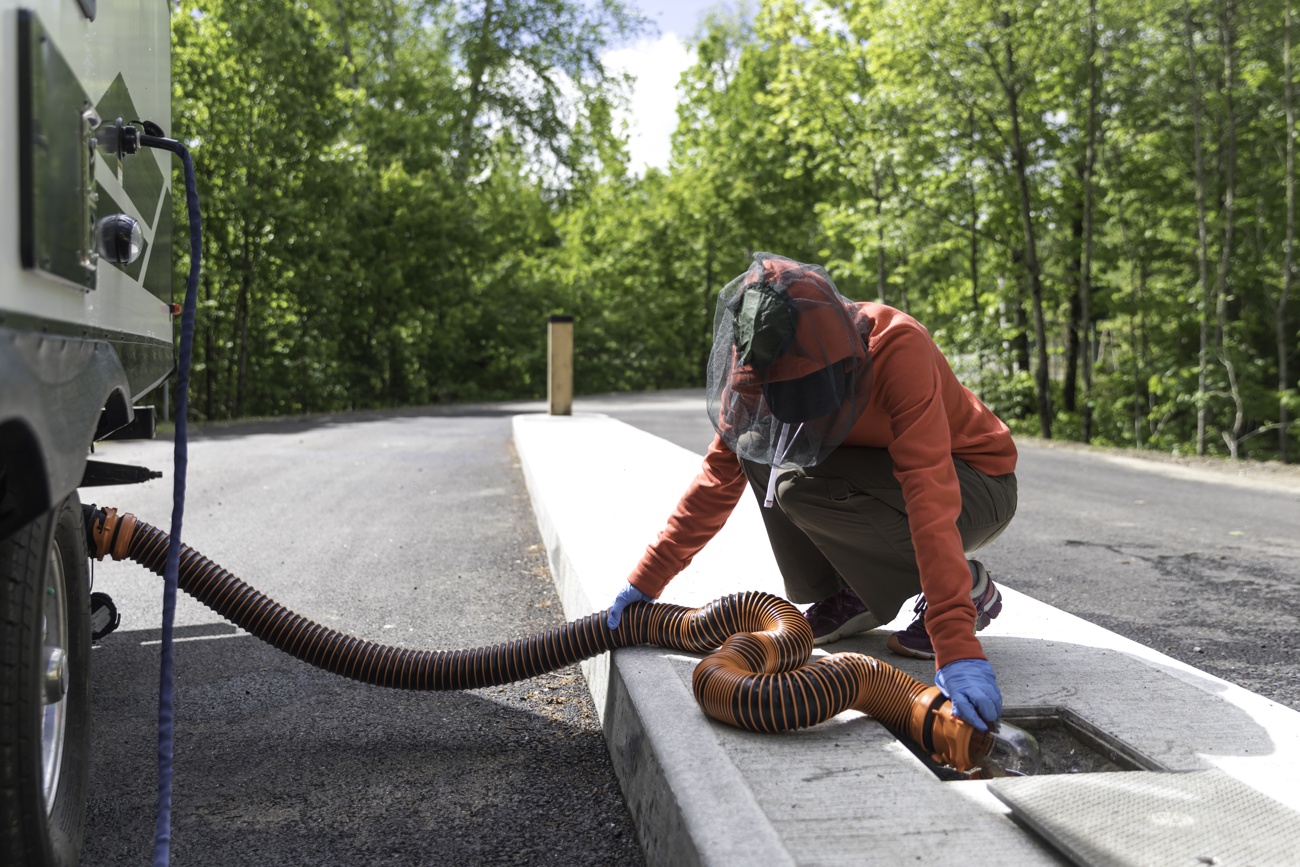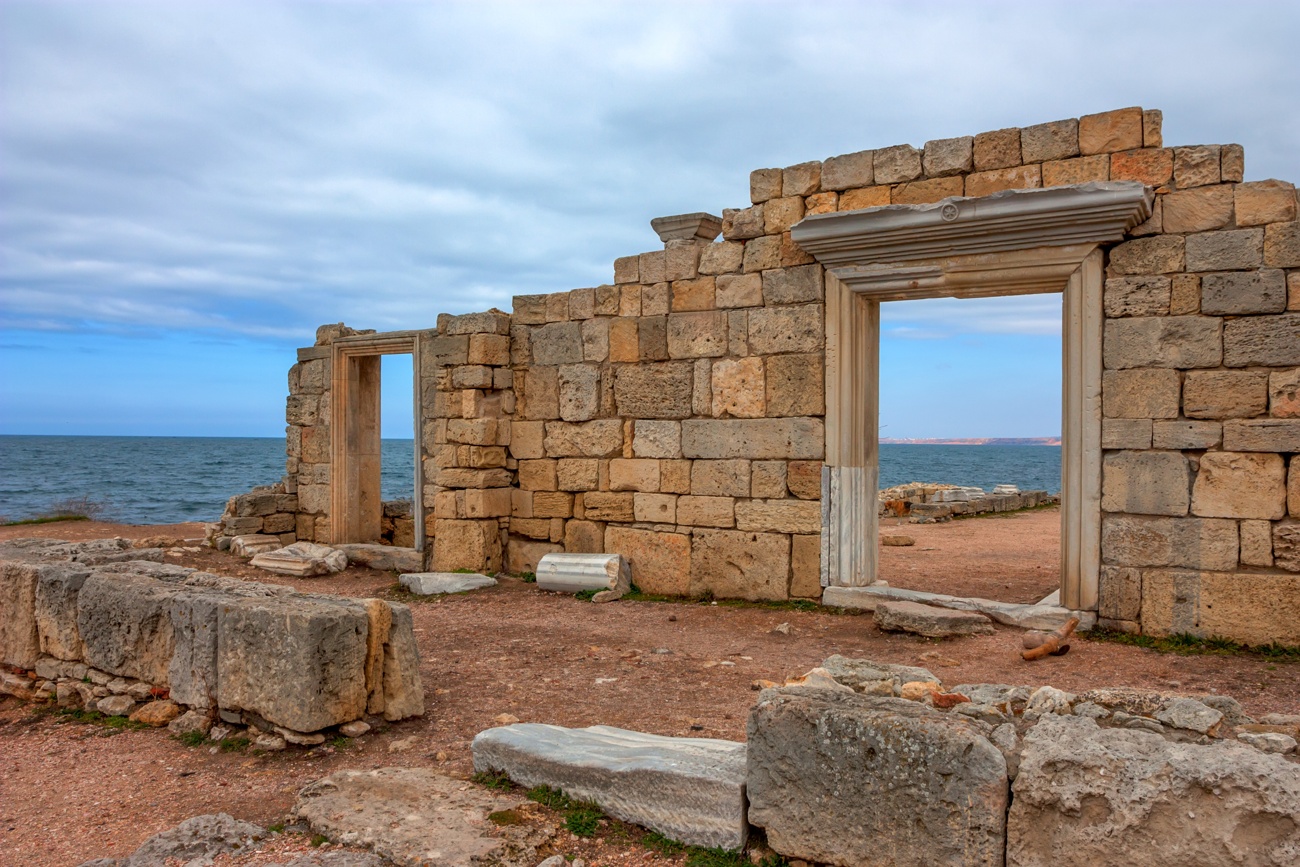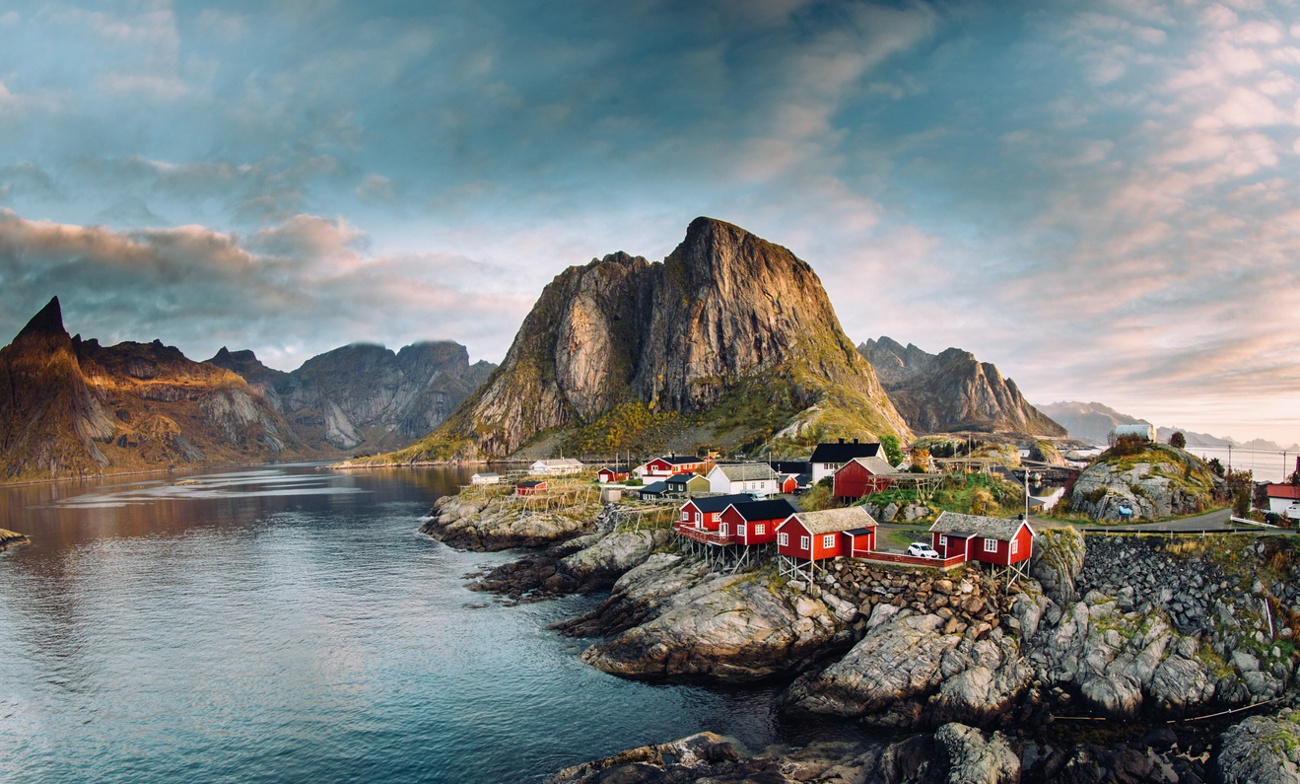
Norwegian Fjords
Norway has more than 1100 fjords to explore, these are sea inlets in the land that have formed valleys carved by a glacier, where sea water has entered creating long arms for miles. The fjords look like lakes, but they are saltwater and their impressive cliffs are worth seeing. The Norwegian fjords have been declared a Unesco World Heritage Site. The largest and most famous is the Sognefjord, the king of the fjords, more than 200 km long and more than 1,200 meters deep.
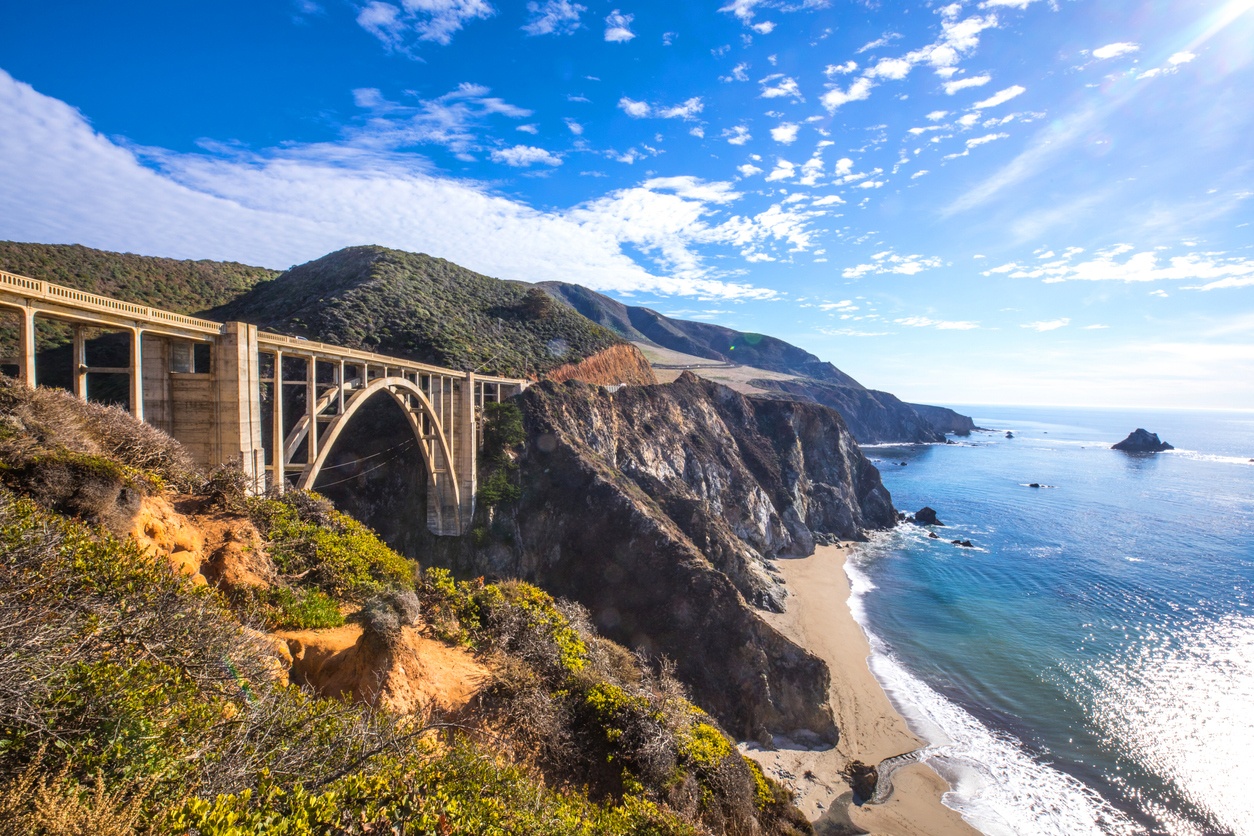
Big Sur in California, USA
It is a rugged and mountainous area of the Central Coast of California where the Santa Lucia Mountains rise from the Pacific Ocean. Its spectacular scenery is a tourist attraction and the views, forests, hiking, beaches and many more recreational opportunities make it a popular destination. It is Highway 1 that runs for almost 800 kilometers along this rocky Pacific coast, although it is the stretch from Morro Bay to Monterey that is known as Big Sur. The road reveals steep drops over a sea that swirls, hitting cliffs, and then gives way to crystal-clear coves.
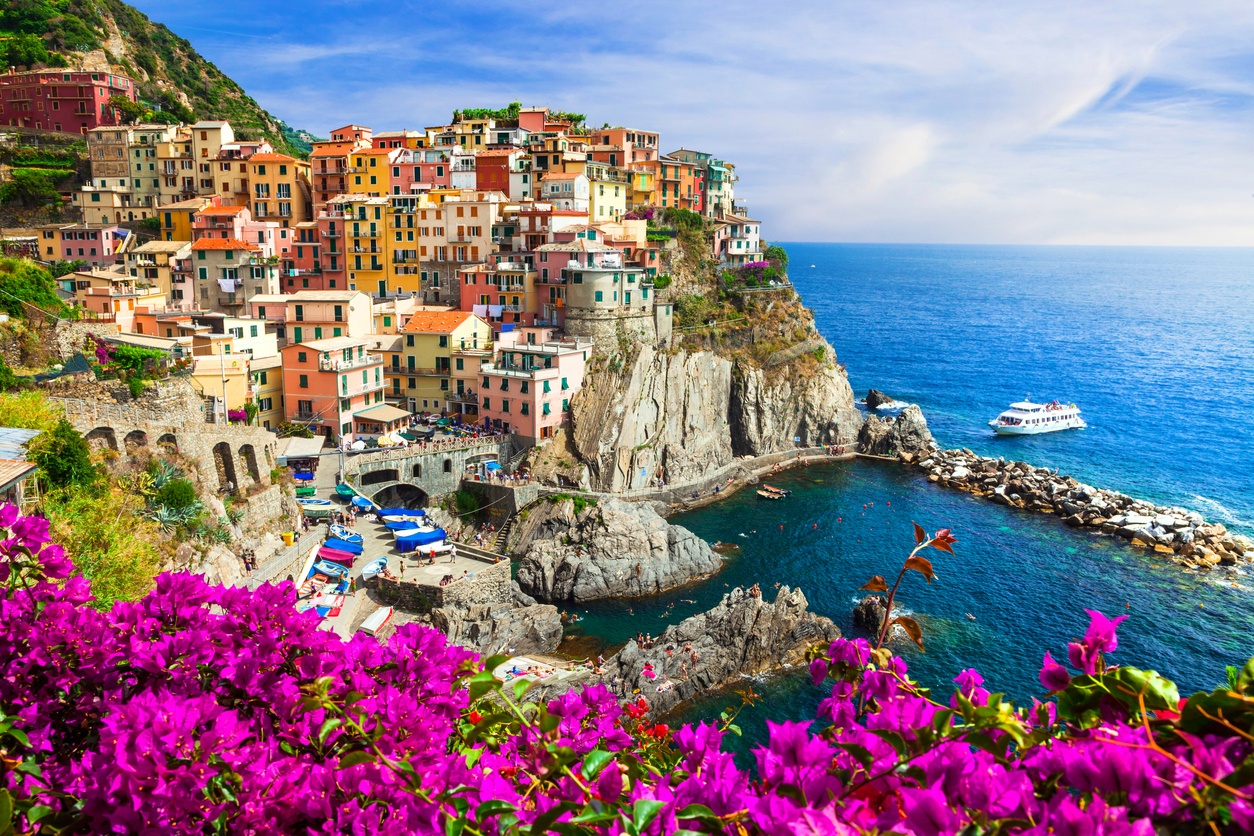
Cinque Terre, Italy
The Cinque Terre is a coastal area of Liguria, in northwestern Italy. It lies to the west of the province of La Spezia and comprises five villages: Monterosso al Mare, Vernazza, Corniglia, Manarola and Riomaggiore. The coastline, the five villages and the surrounding hillsides are part of the Cinque Terre National Park, a UNESCO World Heritage Site. The villages are connected by the famous ‘Sentiero Azzurro’, as well as other hiking trails leading to secluded beaches. The so-called Italian Riviera is only 12 kilometers long, but its villages have been World Heritage Sites since 1997, and its picture of colorful houses and fishing boats is one of the most popular images in Italy’s tourist promotion.
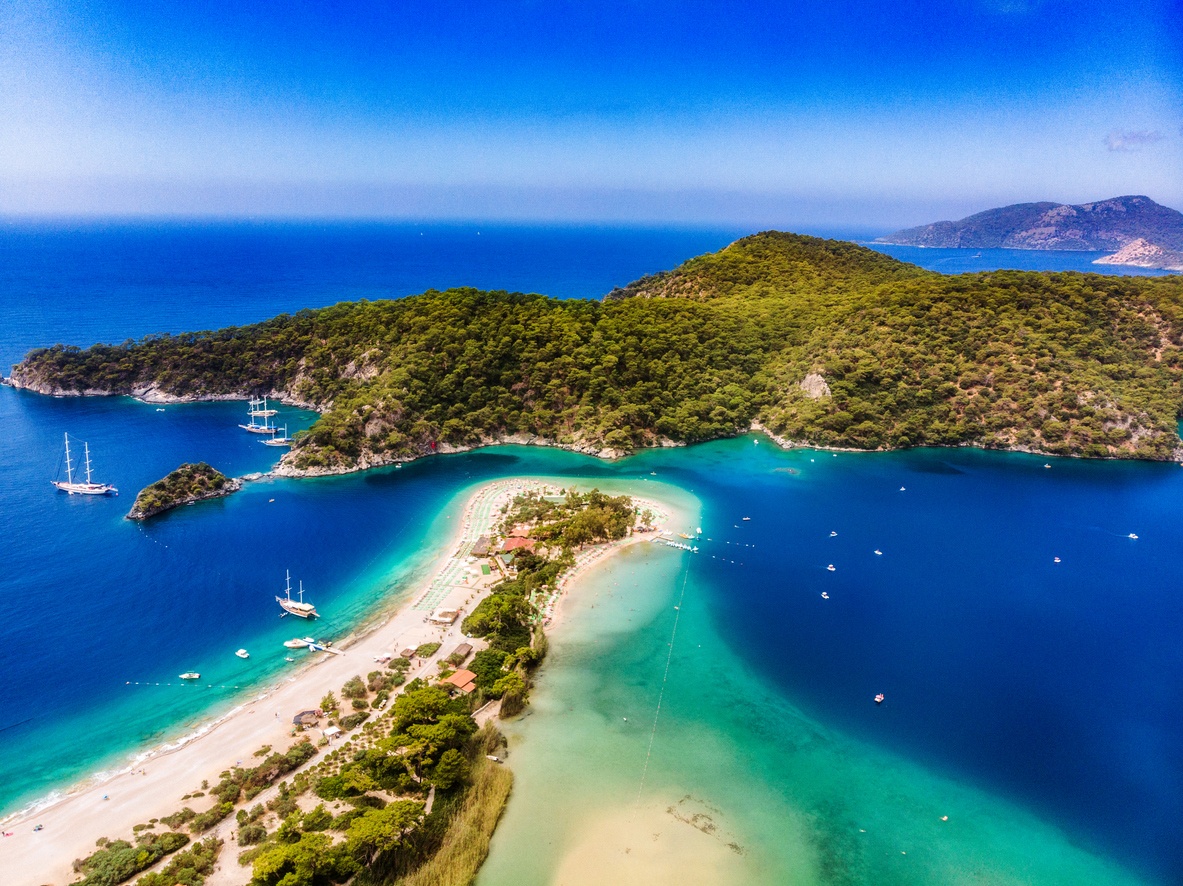
Costa Turquesa, Turkey
The Turquoise Coast is located in the south of Turkey and is also known by the name of Lycian Coast because in ancient times it was occupied by the Lycians. Bathed by the waters of the Mediterranean this enclave has always been a strategic place and now it is a tourist attraction. There are many impressive and beautiful spots that you can visit on this coast. Some of them are for example the beach of Patara, one of the longest in the Mediterranean with 18 kilometers long and where nearby are also the ruins of Patara, an ancient Lycian city that gives its name to the beach. Also Myra, a large vertical wall of carved rock with numerous monuments that have withstood the test of time. Also the submerged city of Kekova and the isolated village of Laleköy, one of the most amazing spots in the area.
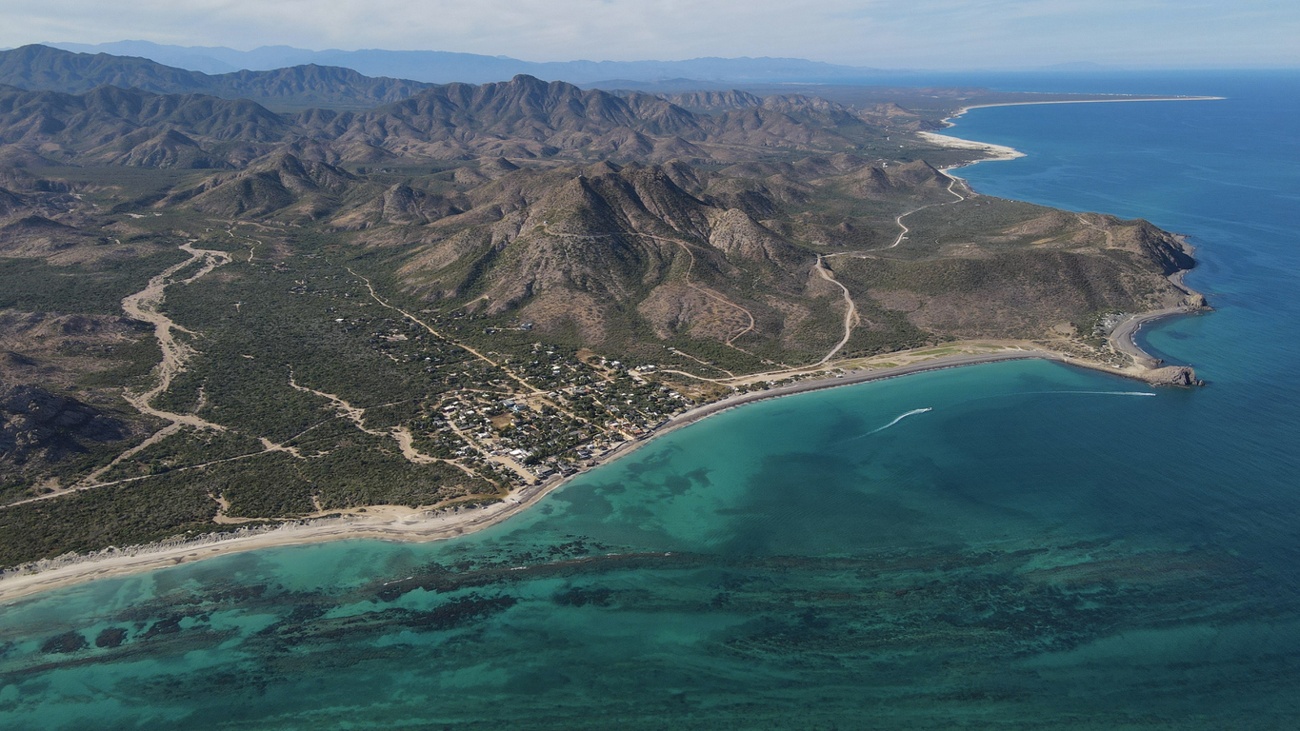
Cabo Pulmo in Baja California Sur, Mexico
Cabo Pulmo, a tiny town and 17,571-acre Marine Protected Area, is one of the world’s most successful national marine parks and arguably offers the best diving and snorkeling in Baja California. It is also home to the only Pacific coral reef in the Sea of Cortez. It was declared a UNESCO World Heritage Site in 2005. Here it is possible to observe schools of triggerfish, tuna, red snappers, black coral and depending on the season, whale sharks and huge rays.
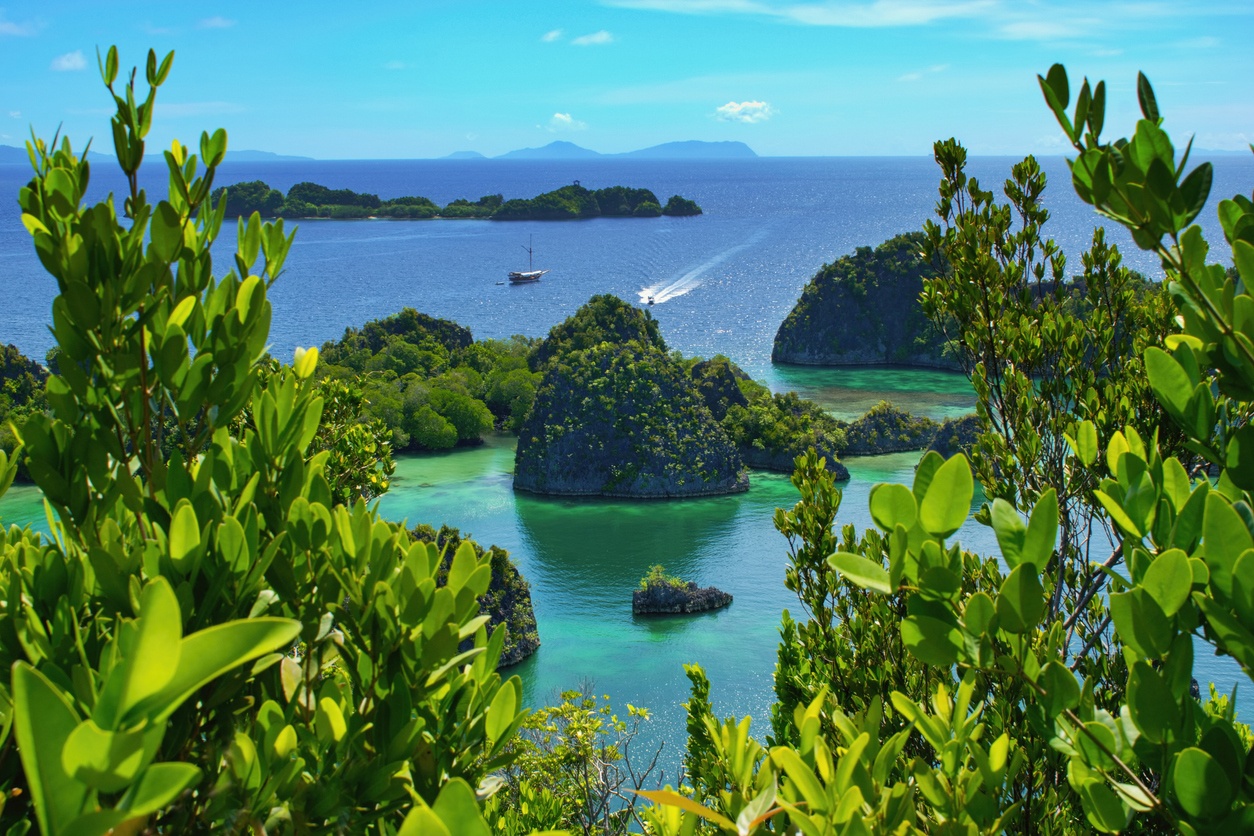
Raja Ampat Archipelago in Papua, Indonesia
The Raja Ampat Islands archipelago is an Indonesian archipelago located northwest of the Doberai Peninsula, northwest of the island of New Guinea. It consists of four main islands, Misool, Salawati, Batanta and Waigeo, the island of Kofiau, Gag and 1500 other small islets, cays and sandbanks. They treasure the coral reefs with the greatest biodiversity of marine life on the planet and are located within the so-called Coral Triangle. In 2002, 505 coral species and 828 species of fish were counted.
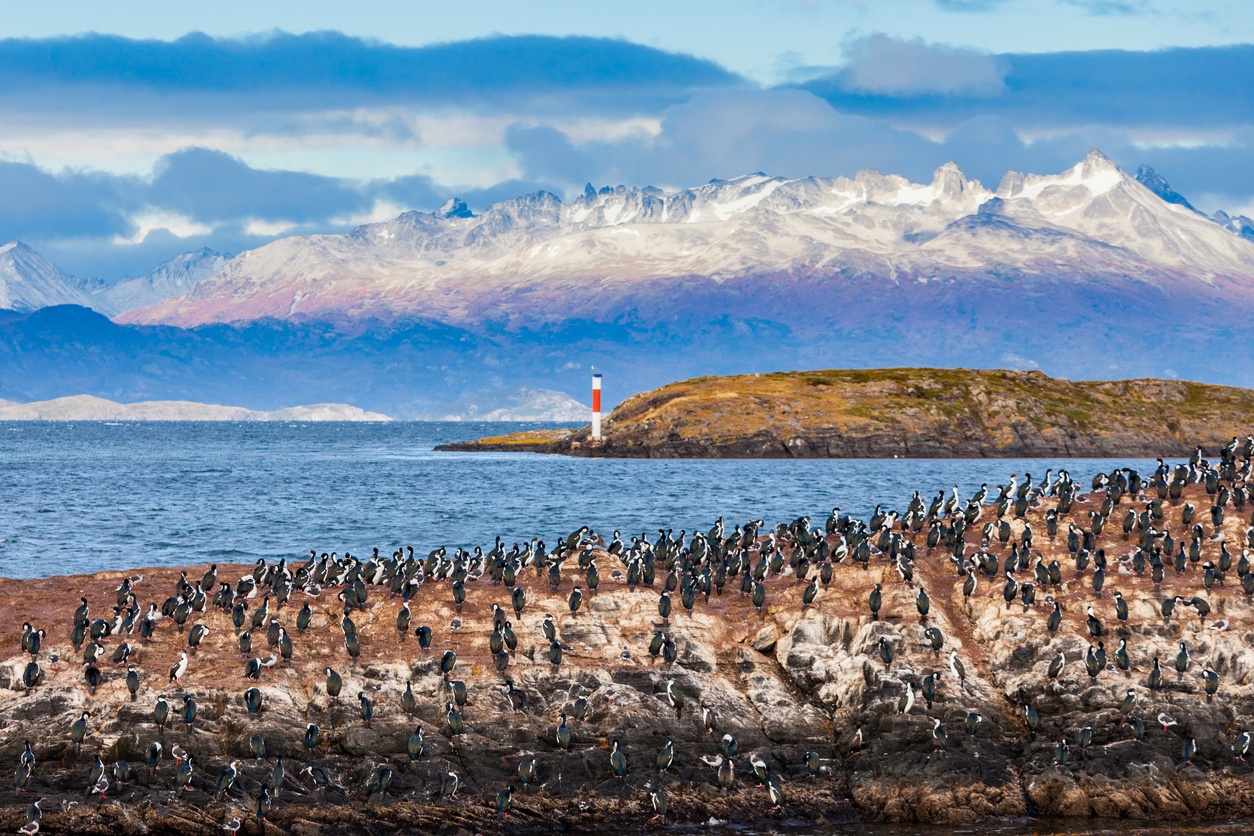
Beagle Channel in Tierra del Fuego, Chile and Argentina
The Beagle Channel is a 240-kilometer strait that connects the Atlantic and the Pacific to the south of the island of Tierra del Fuego. It is a wonderful place full of biodiversity and amazing landscapes, flanked by snow-capped peaks, thick sub-Antarctic forest and tidewater glaciers falling from the ice field of the Darwin Range. The entire western part of the channel is entirely within Chile, while the eastern part is shared by Chile and Argentina, forming the border between the two countries.
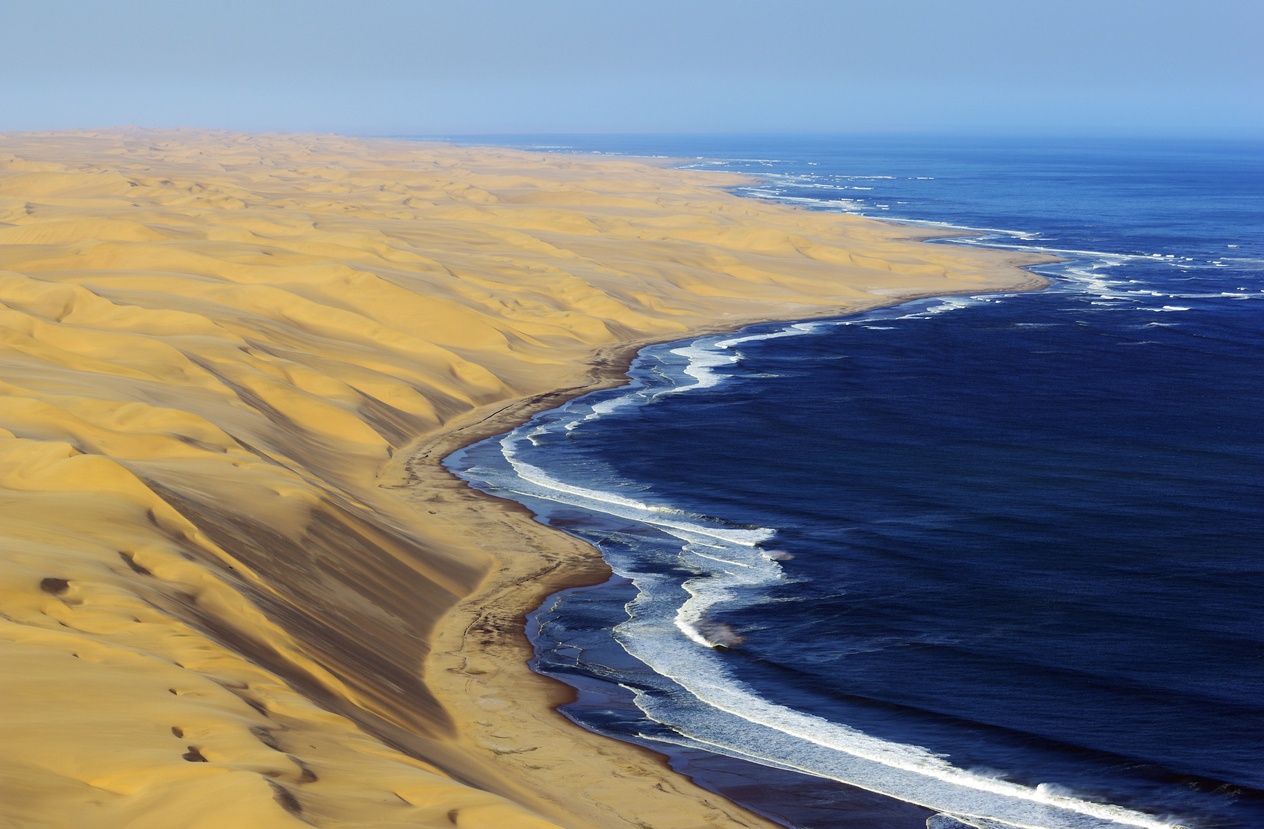
Skeleton Coast, Namibia
The Skeleton Coast is a stretch of the west coast of Africa located in Namibia, where the incoming cold Benguela Current produces dense oceanic fog most of the year. The basic characteristic of this coast lies in the fact that the Namib Desert reaches all the way to the Atlantic Ocean. Namibia has declared the area a national park from the mouth of the Ugab River to the Kunene River.
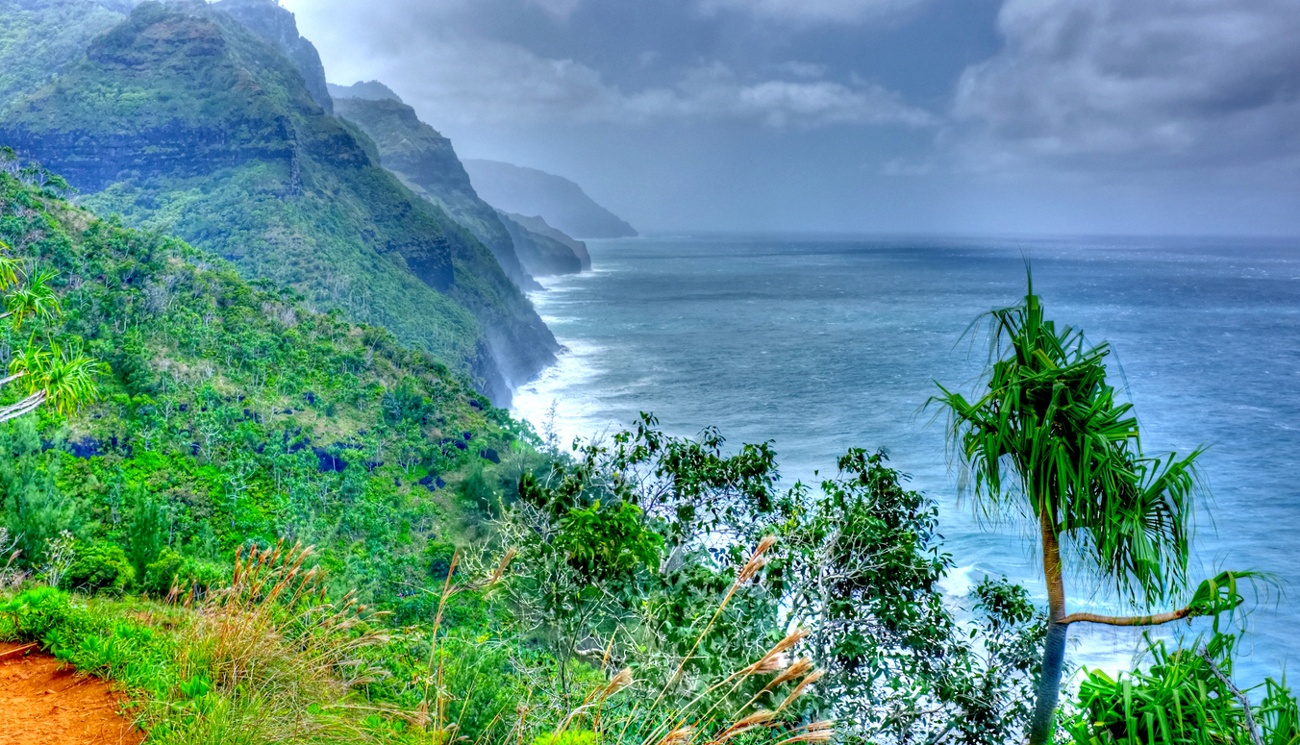
Nā Pali on the Island of Kauai, Hawaii, USA
The cliffs of Nā Pali rise hundreds of meters above the water and plunge directly into the ocean. Waterfalls appear in isolation in the middle of the jungle and the beaches can only be reached by walking for at least half a day. Unforgettable, and is that the island of Kauai was chosen by Steven Spielber as the setting for the filming of »Jurassic Park», an impressive set for the view and for all the senses.
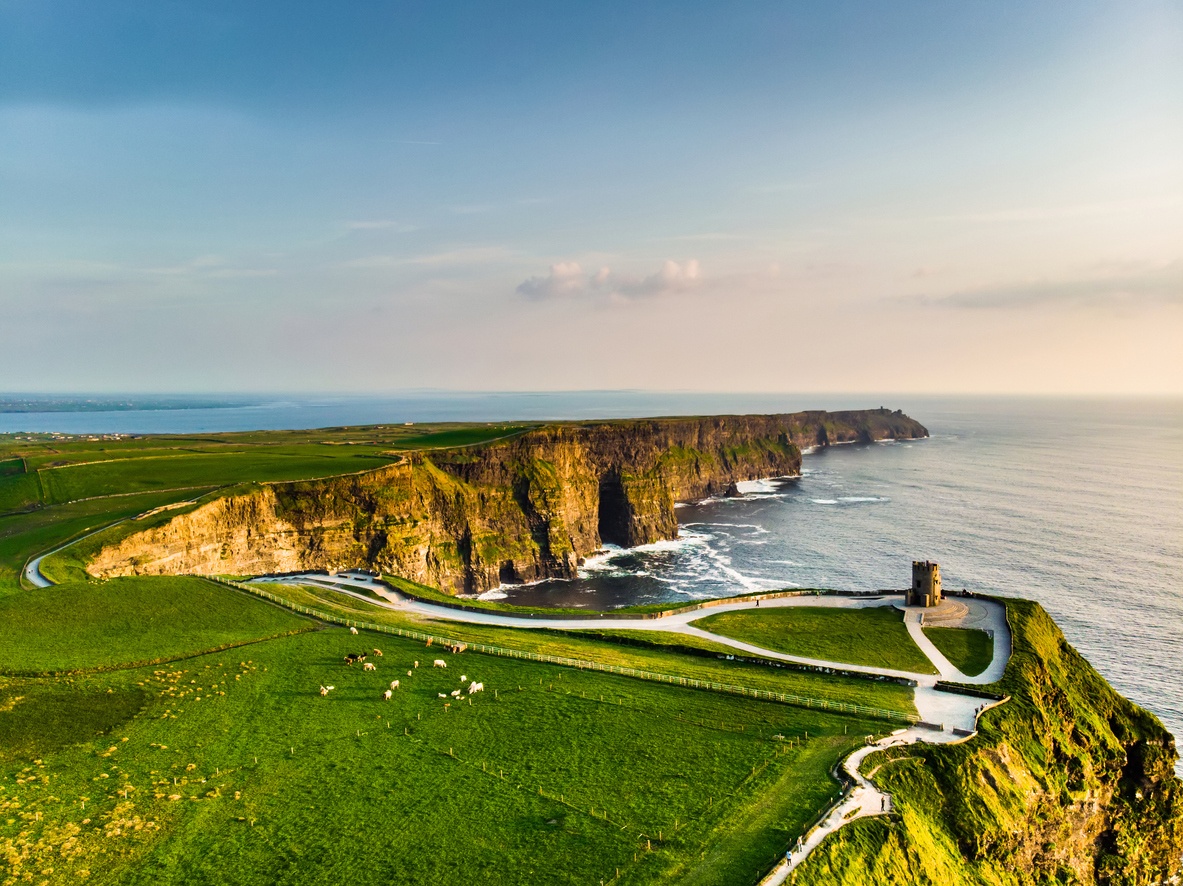
Wild Atlantic Way, Irlanda
Wild Atlantic Way is a succession of peninsulas winding through bays and viewpoints, tiny islets steeped in history and communities that still maintain old Gaelic traditions. It is located on the western tip of Ireland and is one of the most stunning coastlines in the world: 2,500 kilometers of rugged cliffs and beaches.
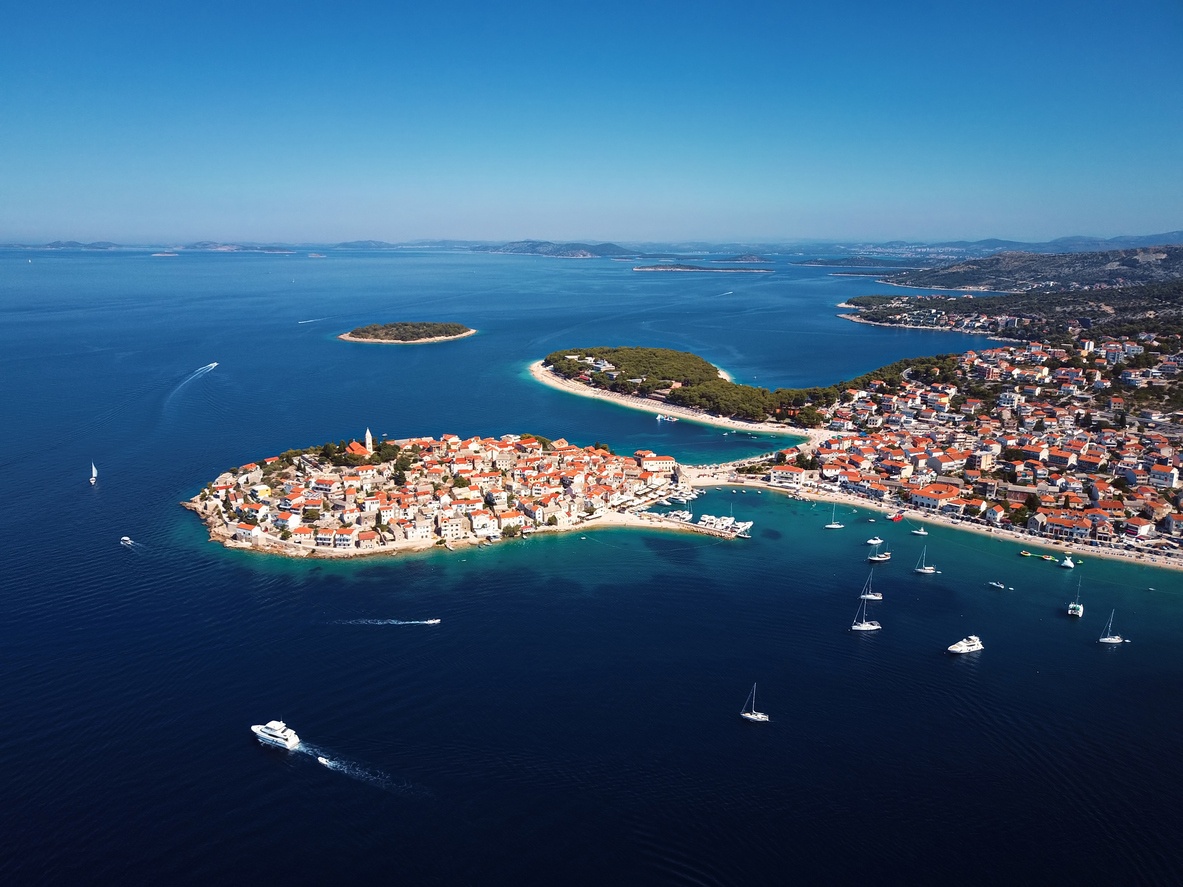
Dalmatian Coast, Croatia
In the Adriatic Sea there is a ribbon of coastline carved by the whims of indigo-colored water, Croatia’s Adriatic coastline is one of the most beautiful and dazzling in the world. Although it measures only about 600 kilometers in a straight line, Croatia’s Adriatic coastline reaches 1,778 kilometers if all the inlets and outlets and the contours of the islands are taken into account. Most frequent are pebble or rocky coves sheltered by pine trees, olive trees and small bushes.
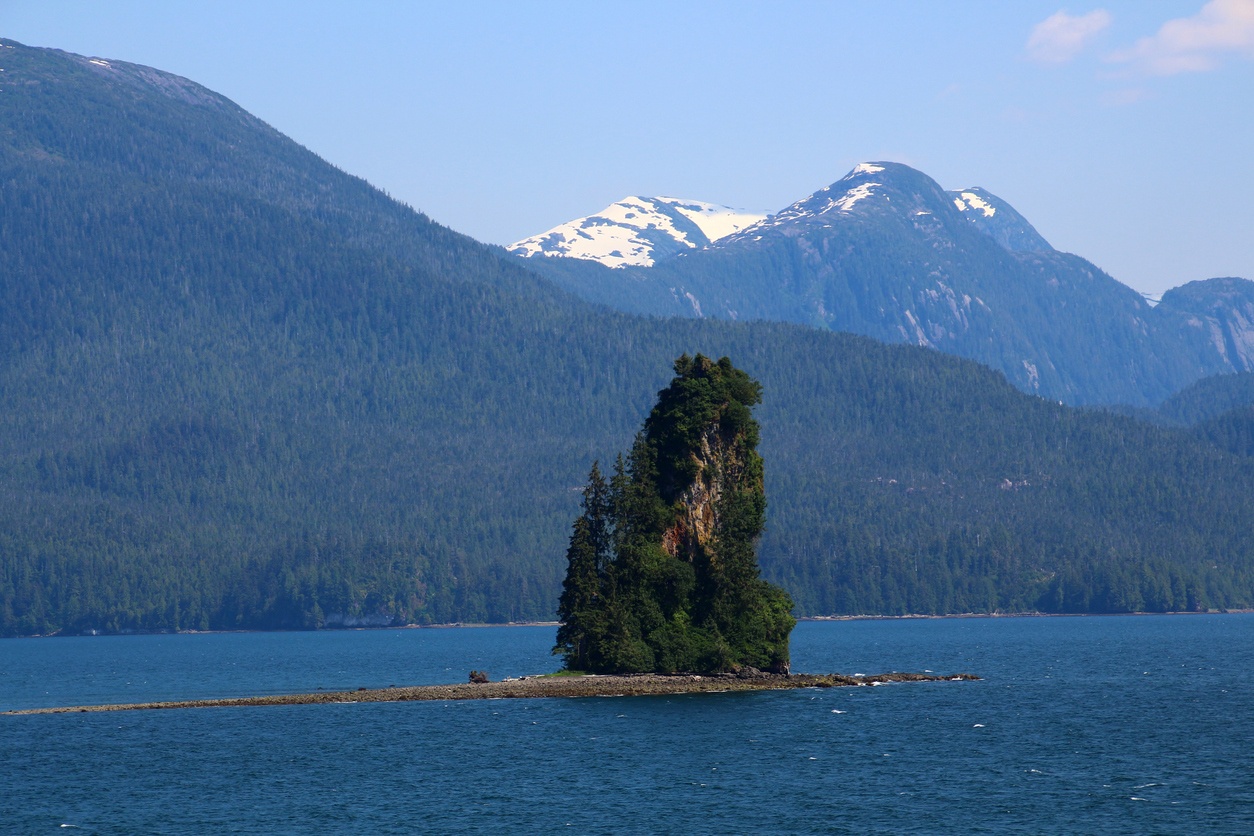
Misty fjords of Alaska, USA
The misty fjords are located in southeast Alaska and are popular as a hiking area for small plane tours, boat trips and group kayak tours. The local landscapes are made up of majestic snow-capped mountain peaks, huge waterfalls and blue glacial ponds. It is one of the most spectacular areas of the southern Alaskan coast, a collection of towering cliffs and rock walls that rise more than 1,000 feet above the ocean. Some of the wildlife that inhabit the area include brown and black bears, mountain goats, Sitka deer, bald eagles and numerous marine mammals.
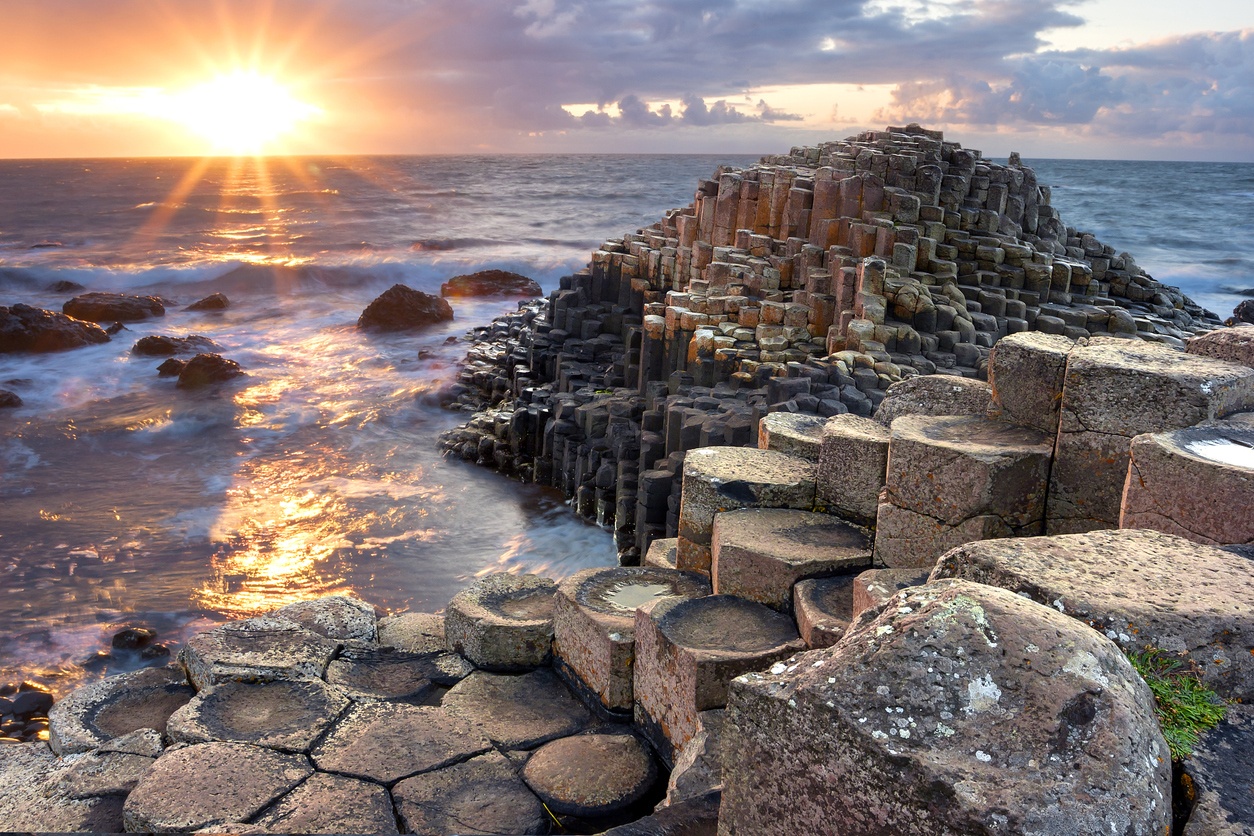
Antrim and the Giant’s Causeway, Northern Ireland
The Giant’s Causeway is an area containing more than 40,000 basalt columns, created more than 60 million years ago by a volcanic eruption into the Atlantic Ocean from the relatively rapid cooling of lava. It is located on the northeast coast of the island of Ireland, in County Antrim, Northern Ireland. It was declared a World Heritage Site in 1986 and a National Nature Reserve in 1987.
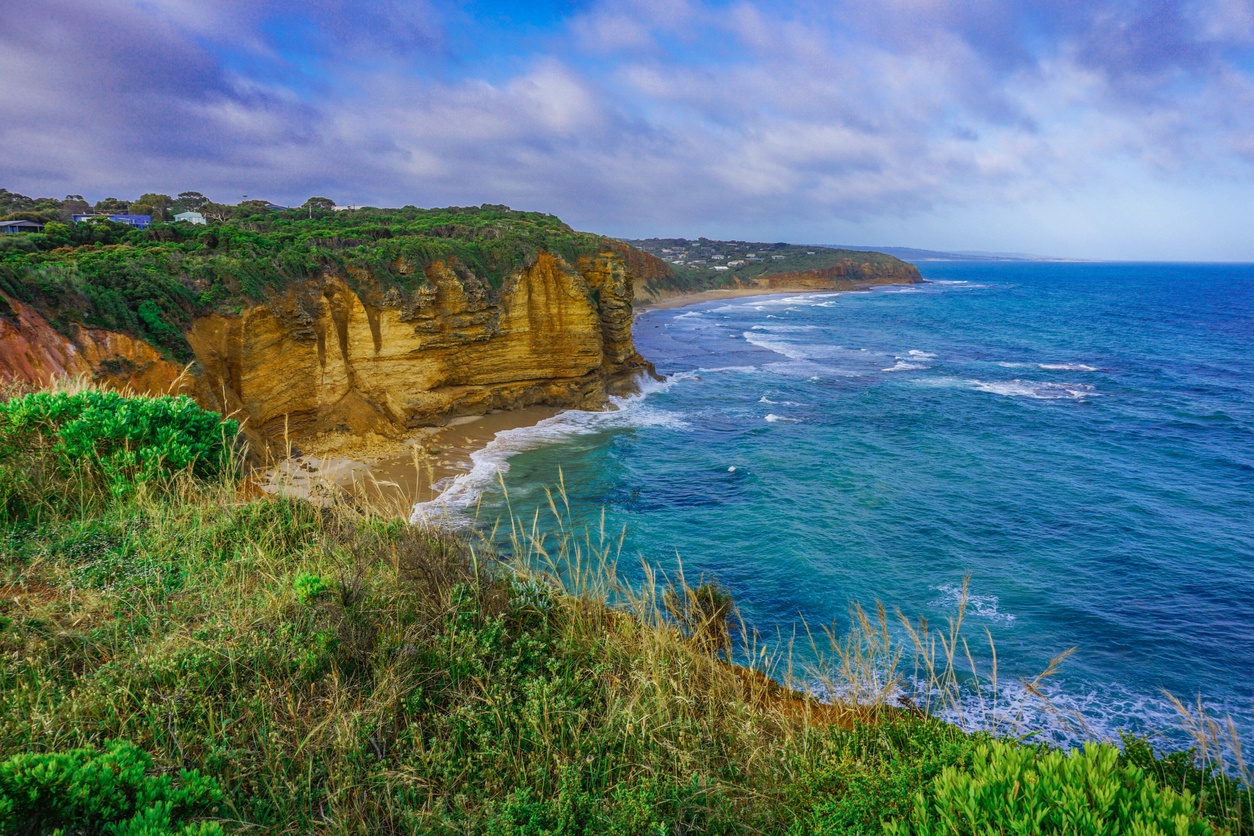
The Twelve Apostles in the State of Victoria, Australia
The Twelve Apostles is the name given to a grouping of limestone spires jutting out of the sea off the coast of Port Campbell National Park in Victoria, Australia. Despite its name, there are only nine spires. The spires have been formed by erosion and are all of varying heights and thicknesses. Several of them have fallen off altogether, as waves continually erode their bases.
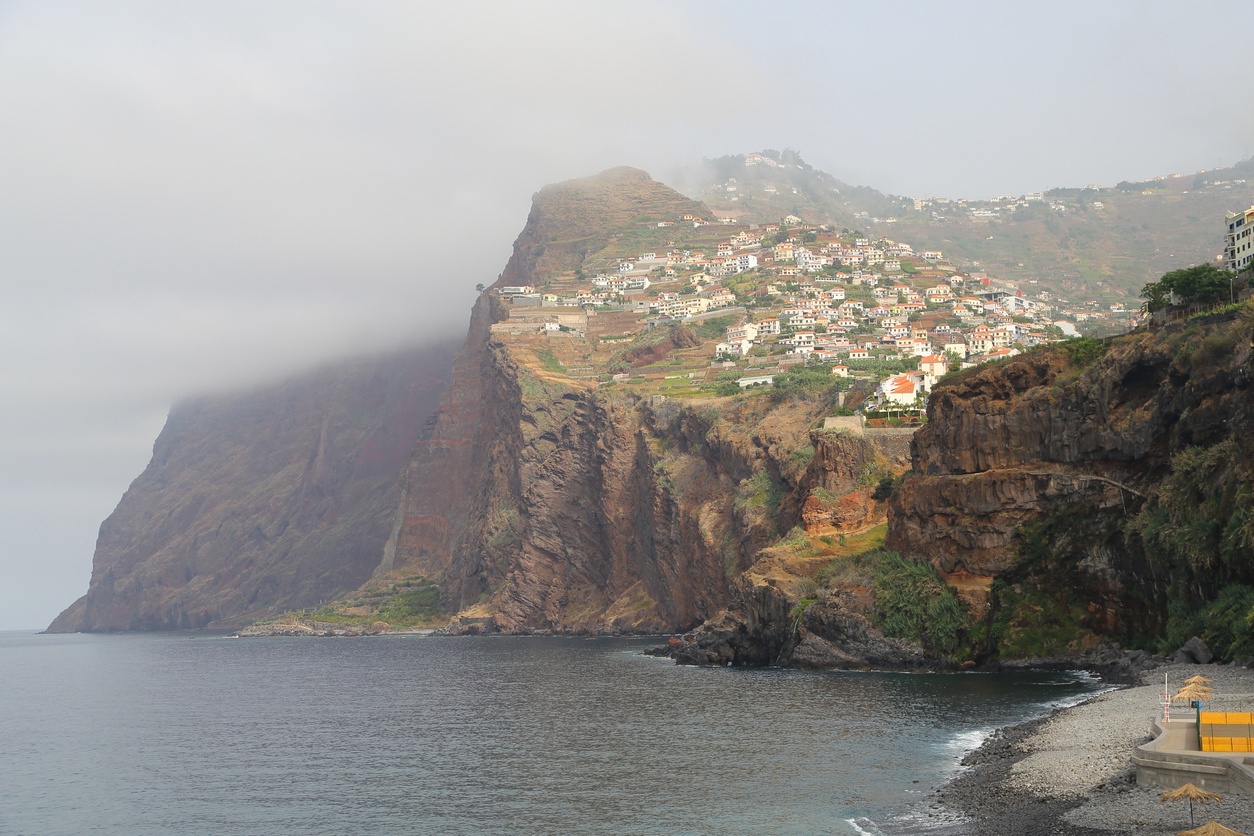
Cabo Girão in Madeira, Portugal
With its spectacular cliffs of more than 580 meters above the southern coast of Madeira, Cabo Girão is the highest promontory in Europe. The clifftop is one of the island’s most visited attractions, with a glassed-in lookout offering spectacular panoramic views.
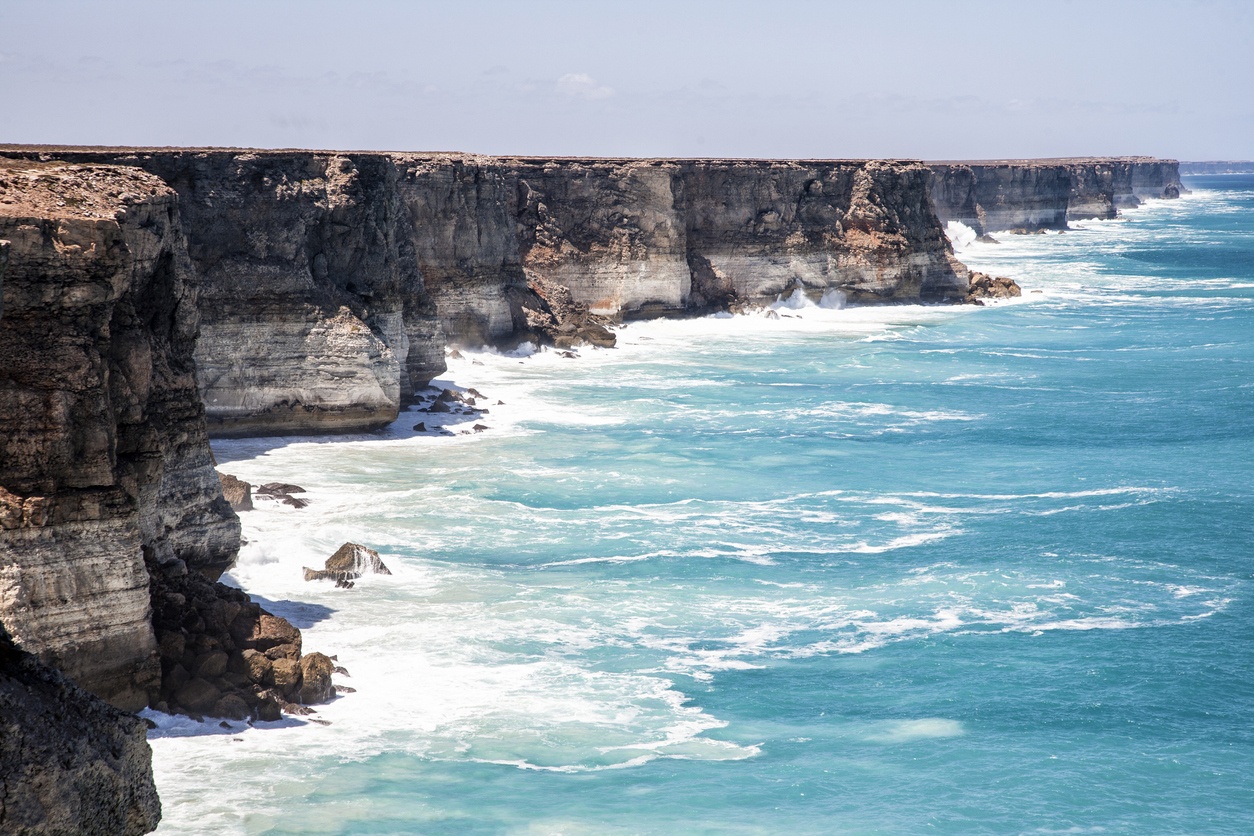
Great Australian Bight
The Great Australian Bight is an immense bay located in the south of Australia, in the Indian Ocean. It extends from Cape Pasley to Cape Carnot, with a total distance of 1160 km. Most of it extends south of the Nullarbor Plain. Walls between 60 and 120 meters high formed by pale sedimentary rock extend uninterrupted through an empty space pounded by the ocean. There are many living things that have evolved to survive in this hostile environment, including hundreds of sea lions, exuberant leafy sea dragons and pods of southern right whales.
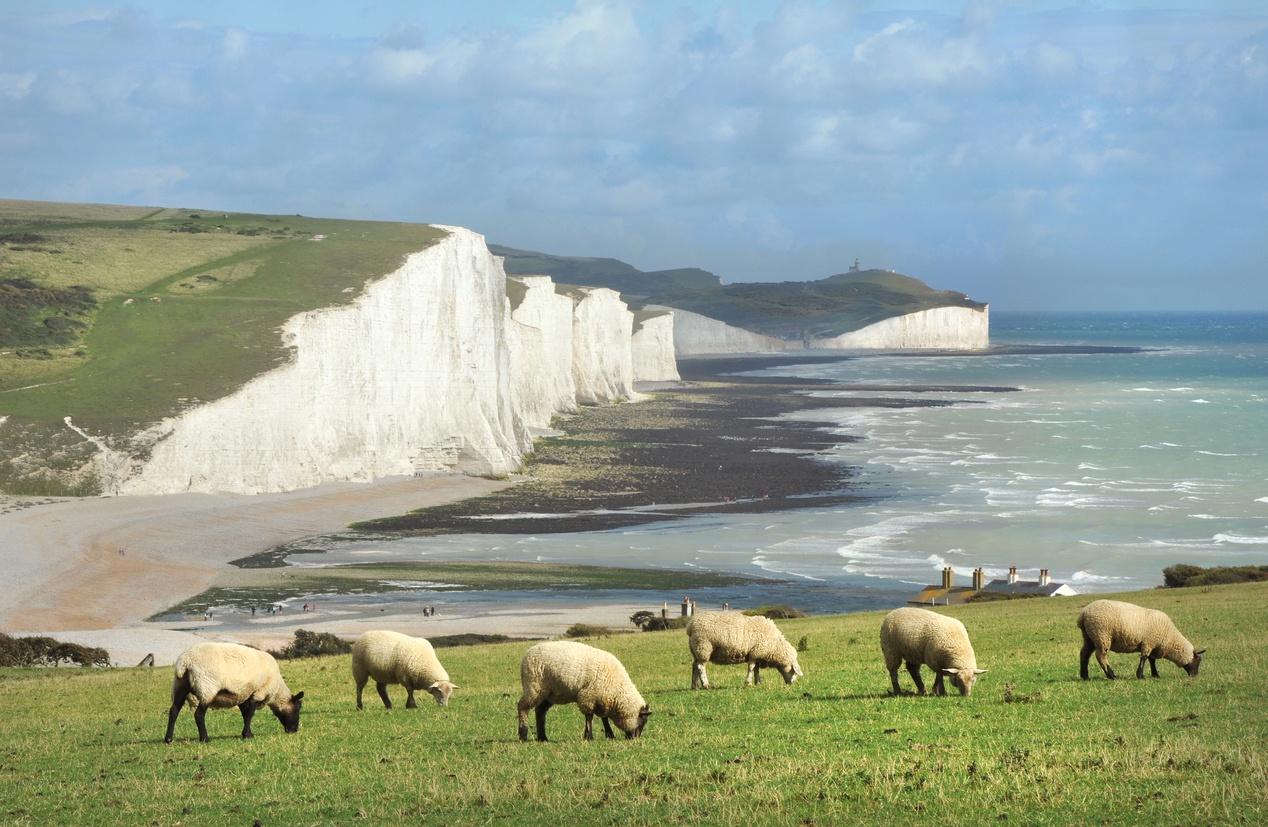
Beachy Head y Seven Sisters en East Sussex, Reino Unido
The Seven Sisters are a series of chalk cliffs on the English Channel coast, and constitute a stretch of the sea-eroded section of the South Downs mountain range, in the county of East Sussex, in the southeast of England. This white rock wall protects a stretch of the English coastline and stretches for several kilometers before rising to become the natural barrier par excellence: the 162-meter Beachy Head, the highest limestone cliff in Great Britain.




